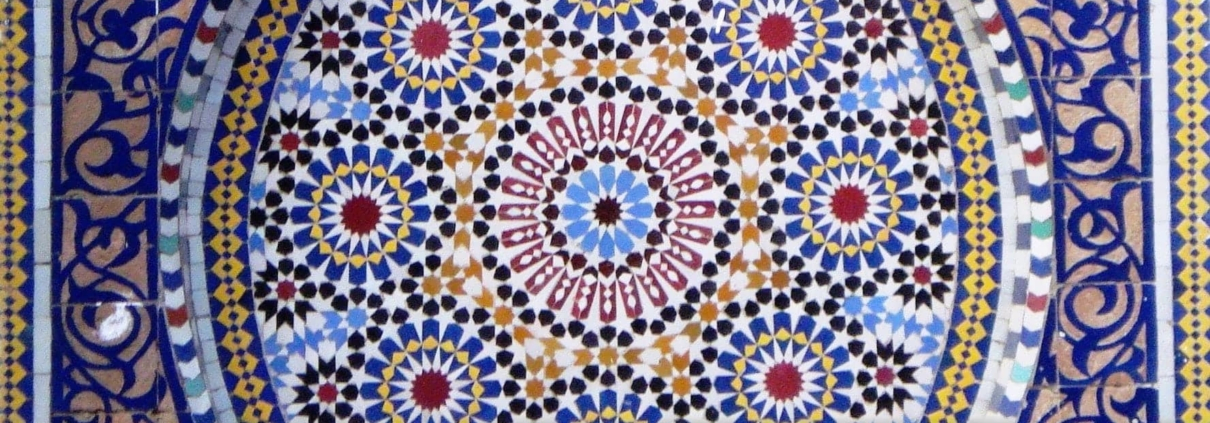The Position of Culture in Islam – Dr Umar Faruq Abd-Allah
Is Islam and the culture mutually exclusive? Or can Islam enrich an existing culture?
What is a Cultural Imperative?
As Dr. Umar Faruq Abd Allah explains, good cultural conventions have the power of law. They are given the same priority that law has, as long as they do not actually contradict Islamic law. Unfortunately, this is an idea that we have lost over the past 200 years.
This does not, of course, mean that we begin to drink alcohol if we come to a culture in which alcohol is prevalent. This only applies to cultural practices which agree with the rules we follow as Muslims. What this means is that Muslims are never aliens, no matter where they go. This was the way Muslims lived for a thousand years. This is why scholars called Islam a crystal clear river; because it is pure and clear, reflecting the color of the bedrock.
Therefore, if the culture was Chinese, Islam would look Chinese. If the culture was Indian, Islam would look Indian. If it goes to Europe, Islam would look European–such as Bosnian culture, which was a beautiful European Muslim culture, destroyed during the genocide.
Story of the Ethiopians in the Masjid
In the time of the Prophet Muhammad, Allah bless him and give him peace, a group of Ethiopians came to Medina to meet their Prophet for the first time. They fasted the month of Ramadan, and on Eid day, they celebrated with the people of Medina. Filled with joy, they began singing in the masjid, beating drums and dancing with spears. When Umar ibn al Khattab tried to stop them, thinking that it was disrespectful behaviour, the Prophet intervened and told the Ethiopians to keep playing.
This teaches us that African Muslims remain Africans. Just because they become Muslims, does not make them any less African.
The Mosques of China
In China, there are many mosques that beautifully reflect the cultural customs of those times and places. For example, in the city of Shiyan in Northeastern China, there is a mosque with a rather short minaret. In China at that time, the Chinese culture did not like tall buildings in the central Confucian area. To respect that, the Chinese Muslims built a minaret that suited their purpose, but was in line with the cultural customs at that time. In addition, the mosques were surrounded by the gardens with the traditional Chinese designs, designed to bring peace and comfort to the heart. By passing through the gardens, people became prepared to enter the mosque ready and focused for prayer.
Beyond architecture, Chinese Muslims used their culture in many others ways. For example, they refined Arabic calligraphy in a way that suited the Chinese pen, writing phrases like, “There is no God but Allah,” and the 99 Names of God, from top to bottom, using the unique Chinese brush strokes.
Indonesia and Malaysia
The first mosques in Indonesia and Malaysia were built with the structures of the Sacred Mountains in mind. These structures were compromised of four pillars, and three or more layers of roofing, and were always used to built temples. By using these structures to build their mosques, the Muslims were able to have a mosque that was respected as a sacred place in line with the customs at the time. This did not mean that their religion was compromised in any way.
They would also build huge drums outside the mosques. In the forest-thick areas, voices could not be heard, and neither could the adhan. The people’s culture had developed a complex drum language, which could be heard for miles. In this way, the Muslims were able to call people to pray with the drums, although they would also call the adhan to fulfill the Sunnah.
There are pools of water in the mosque courtyards, in which the people had to wade through before entering the mosque. In the rice-paddy civilization, the peasants would spend a lot of time in muddy fields, and mud would be spread wherever they walked. Rather that to have an enforcer yelling at people to clean themselves, which would deter them from coming again, the Muslims decided to build the pools instead, which would ensure that the mosque remained clean without hurting anyone’s feelings.
Islam and Culture
Muslims are not cultural predators, and Islam has not come to destroy culture. The governing concept was, “unity in diversity.” Today, cultures are being destroyed through the global mono-culture, which is not a culture. Because of this, usually the way we dress doesn’t carry a specific message of our identity.
